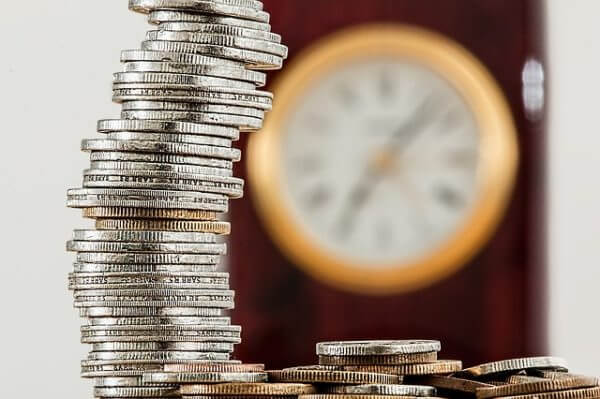The annual inflation rate remained relatively steady in March 2017, standing at 0.18 percent, against 0.2 percent in the prior month, in line with the NBR (National Bank of Romania) projection. Behind this stood the slowdown in the annual dynamics of fuel prices, which offset the effects of the faster increase in volatile food prices and of the higher adjusted CORE2 inflation rate (calculated by excluding from the consumer price index the following categories: administered prices, volatile prices, and tobacco and alcoholic beverage prices.), whose annual rate crept up to 1.04 percent, from 0.91 percent in February.
Average 12-month CPI inflation further posted less negative values, coming in at 0.9 percent in March, from -1.1 percent in February; calculated based on the Harmonised Index of Consumer Prices, the annual average rose to -0.5 percent, against -0.7 percent in February 2017. The upward path in both indicators owes largely to the gradual drop-out from their calculation of the annual changes affected by the VAT rate cut applied in June 2015.
Economic growth accelerated at a faster-than-expected pace in 2016 Q4, with revised data showing that real GDP expanded by 4.8 percent year on year. The pick-up in GDP dynamics was widely ascribed to the contribution of net exports, following the positive differential between the annual growth rates of exports and imports of goods and services. In 2016 as a whole, the 4.8 percent advance in GDP was driven by private consumption, which hit a nine-year high of 7.3 percent, amid the easing of fiscal and income policies and an improvement in employment. Conversely, the contribution of gross fixed capital formation to GDP growth turned negative.
For 2017, the most recent statistical data (January-February) show a further high annual growth rate of turnover volume in trade and services, a swifter increase in industrial production, as well as a protracted contraction of activity in construction. Given that labour productivity dynamics advanced not as fast as wage growth, the annual pace of increase of unit wage costs industry-wide gathered momentum against the final quarter of last year.
The current account balance swung into surplus in the first two months of 2017, amid the good performance of the balance on primary income, even though the deficit on trade in goods widened from the same year-ago period.
Real monetary conditions remained stimulative. Credit to the private sector grew at a faster annual pace in March (3.1 percent from 2.1 percent in February). These developments pave the way for a halt in the downward trajectory of private credit-to-GDP ratio this year, also on the back of a reduction in non-performing loan sales.
The faster credit growth was largely underpinned by the leu-denominated component, whose annual dynamics accelerated to 14.1 percent. Behind this stood primarily new loans to non-financial corporations and consumer credit. Against this background, the share of leu-denominated credit in total private sector loans widened to a post-January 1997 high of 58.2 percent from 34.6 percent in May 2012. This ensures an improved monetary policy transmission, while also helping mitigate risks to financial stability.
For more information, see the NBR Board decisions on monetary policy.

